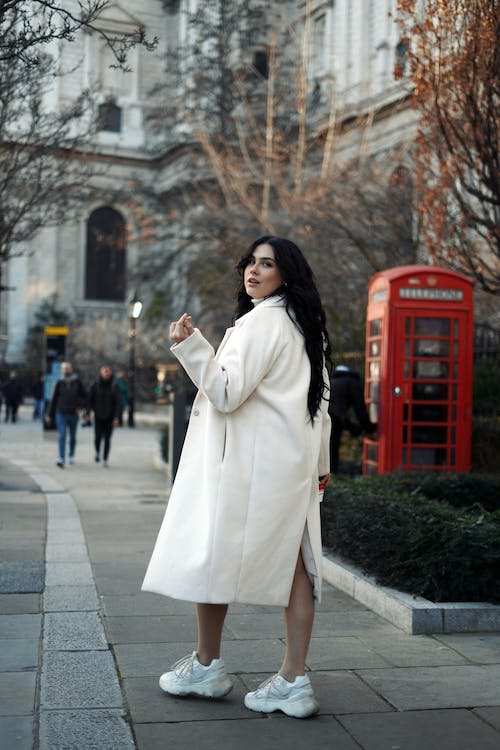If the 50s were in black in white, the ‘60s were in technicolor. Pop is the watchword of the decade, and it’s a defining decade for Great Britain. The Swinging Sixties was a decade where the baby boomers (the youth at the time) were given a voice and power to impose a turning point of importance on society and setting themselves as a model for cultural change. This youth-driven cultural revolution embraced music, art, and fashion as pillars of a favorable society.
The Swinging London was a time defined by youthful energy, eclectic dressing, hedonism, and a new understanding of London as a cultural hub. Everything that was English – starting from clothing, shoes, accessories, and music – automatically became fashionable. Young Europeans and Americans were enamored by the British charm.
Swinging London Fashion
Fashion during the decade mirrored the social changes of the time. A striking example is a miniskirt designed by Mary Quant, which became the epitome of 60s fashion. The miniskirt was designed to allow young women to run and jump to be liberated and free. Quant’s fashion designs used simple geometric shapes and loud colors that gave women a new kind of femininity. Women were now free to wear more playful, youthful clothes that would have seemed outrageous ten years before. Quant’s other mod-related fashions stimulated fashionable London shopping areas like King’s Road and Carnaby Street.
Quant designed fashion specifically for young people. With her boutique on King’s Road, she began selling mind-blowing outfits in groovy colors lime mint green and sherbet orange. Her fashions were worn by the sharpest models in the era, Jean Shrimpton and Twiggy.
One of the world’s first supermodels, Jean Shrimpton, was then called the symbol of Swinging London” and “the face of the ‘60s.” She embodied the British female look: mini shirt, straight hair, and wide-eyed loveliness, which are characteristics that defined Western fashion after the arrival of the Beatles and other British Invasion Acts. On the other hand, Twiggy was the Queen of Mod. Her thin build, androgynous looks, long eyelashes, short hair, and unique fashion style made her one of the most influential fashion figures at the time and beyond.
In the early to mid-60s, British youth culture mainly comprised of feuding tribes with distinct styles: the Mods and the Rockers. The Mods were modernistic, sophisticated, moped-riding fashion-forward youth from the offshoots of the beatnik culture. They wore their hair with chopped-off bangs, wore branded clothing, took amphetamines, and grooved to jazz and R&B. Much of mod culture and its fashion was compatible with Swinging London and Carnaby Street. They represent an organic street style that followed and influenced Carnaby Street.
The Rockers, meanwhile, were a different story. These tough, young British men took inspiration from the greasers of 1950s America, like Marlon Brando in The Wild One and Elvis Presley. Their music of choice was rock, and they rode motorcycles and wore leather jackets. The rockers hated the mods, and the mods hated the rockers.
The Beatles were an interesting case. They sported a Rocker look around 1962, wearing black leather duds, and played rock music. When they invaded the US, they were in mod mode, wearing matching tailored suits, which they were famous for. They resisted identifying with either group, but they became fashion icons for men in London and worldwide.
During the late Sixties, vibrant colors and psychedelic prints began appearing on clothes as the hippie movement gathered its pace. The skirts got shorter, and boots have been fashionable for both men and women. The ladies wore knee-high gogo boots, and the men were obsessed with the Beatles ankle boot, which was also known as the Chelsea boot.
The conquest of space during the ‘60s has also affected fashion. In 1961, Russian cosmonaut Yuri Gagarin became the first man to travel in space, followed by American Alan Shepard that same year.
Considering this historical incident, designers like Pierre Cardin, Paco Rabanne, and Andre Courreges began to look for fashion inspiration beyond earth’s horizon. Space-age couture was born. White mini dresses, helmet hats, oversized sunglasses, and shiny plastic white gogo boots became fashionable. Also among the notable mod trends from Space Age fashion include plastic dresses, clear vinyl raincoats, and chain metal tops.
If you like to know more about ‘60s fashion, check out some interesting facts about the iconic 1960s fashion scene.

